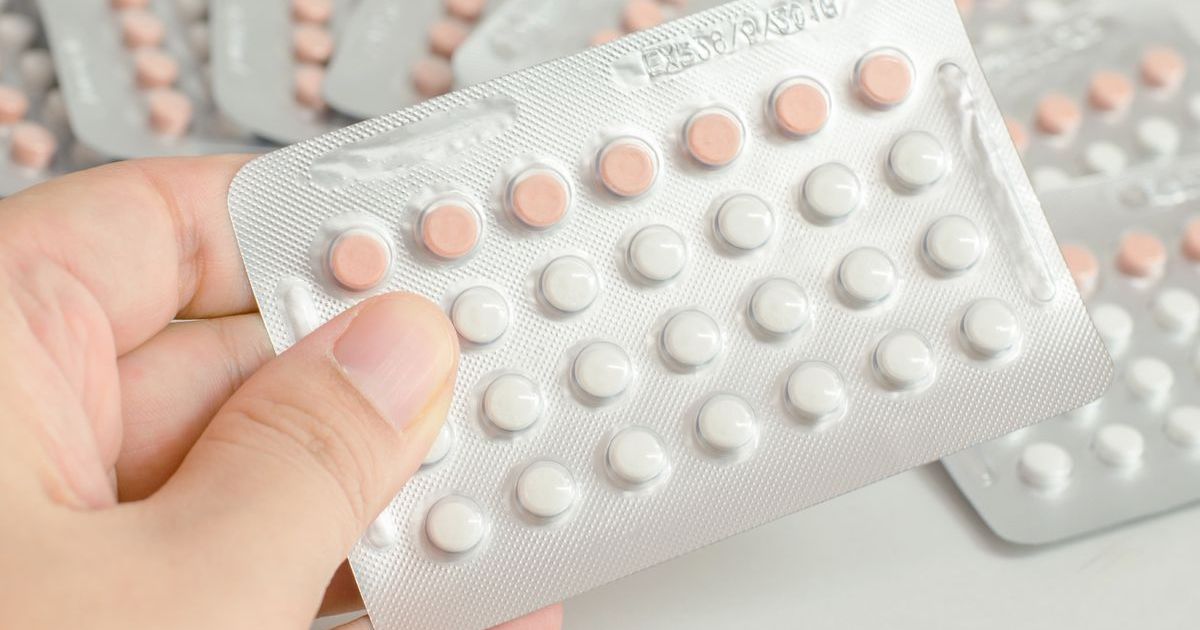Understanding The Placebo Effect
Most individuals have heard the terms ‘placebo’ and ‘placebo effect’ regarding the medical industry before, often specifically referring to medication. But what exactly do these terms mean and what impact do they have on the various treatments and medications patients undergo to maintain or return to healthy bodies? This is something many individuals may vaguely understand, but not entirely. However, truly understanding what the placebo effect is, is quite important when it comes to ensuring effective medical treatment, both for doctors as well as patients.
Start reading now to dive into what a placebo is, how they’re used in medicine, and whether or not the placebo effect is real.
Defining Placebo

When most individuals think of a placebo, they often think of sugar pills. While this may be the most common form, placebos can also be injections, liquids, or even an actual medical procedure. What remains the same throughout all of this, however, is a placebo is meant to look just like a treatment or medicine, but in reality is not. It is merely a look-alike. One popular example is a twenty-eight-day package of birth control pills. Typically, twenty-one of the pills will have active medication in them, whereas the remaining seven are just placebo or sugar pills. A significant reason behind the sugar pills is to help ensure the woman never forgets to take the active pills (meaning, no break in taking pills) while allowing her body to run through the regular cycle.
Continue reading to learn about how placebos are used in medical research and clinical trials.
Placebos In Medical Research And Trials

Placebos are often used in clinical trials for new medications and other treatments. The first stage, of course, is studying and developing a new treatment in the lab before testing on real volunteer patients. Should the lab results indicate the treatment is likely to work, it then moves on, sometimes to animals first, and then to humans. The medical researchers want to determine if the new treatment works, if it is better than current treatments, if the potential benefits outweigh the risks, what the side effects are, as well as what patient groups are likely to find the new treatment helpful.
If there is a standard treatment already available, the clinical trial often uses it as a control group to determine effectiveness. If there is no other treatment or medication available, researchers will typically use a placebo as a control group while others receive the new treatment to ensure any effects they have are the result of the treatment, rather than another factor.
Continue reading to learn more about the role of placebos in clinical trials.
